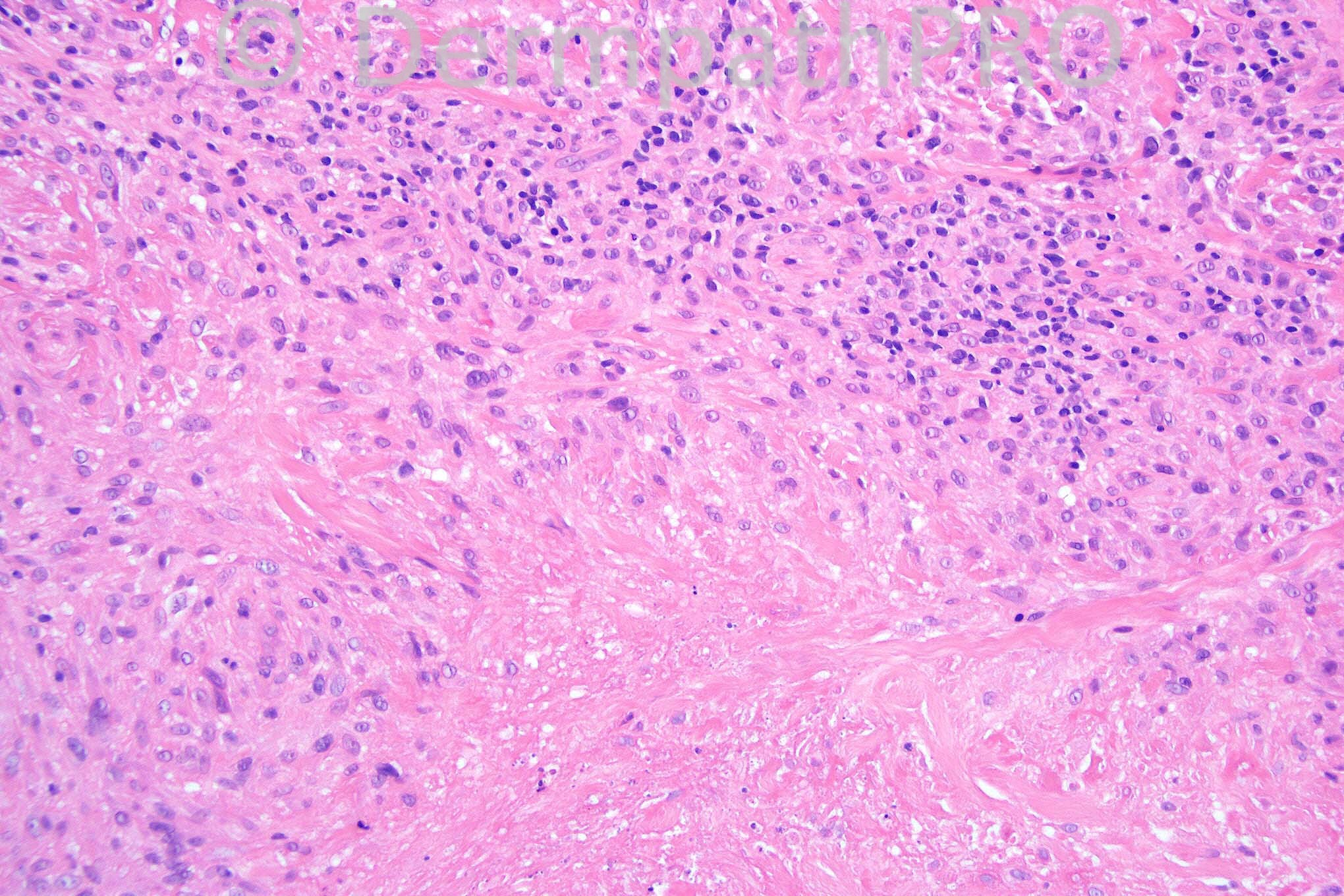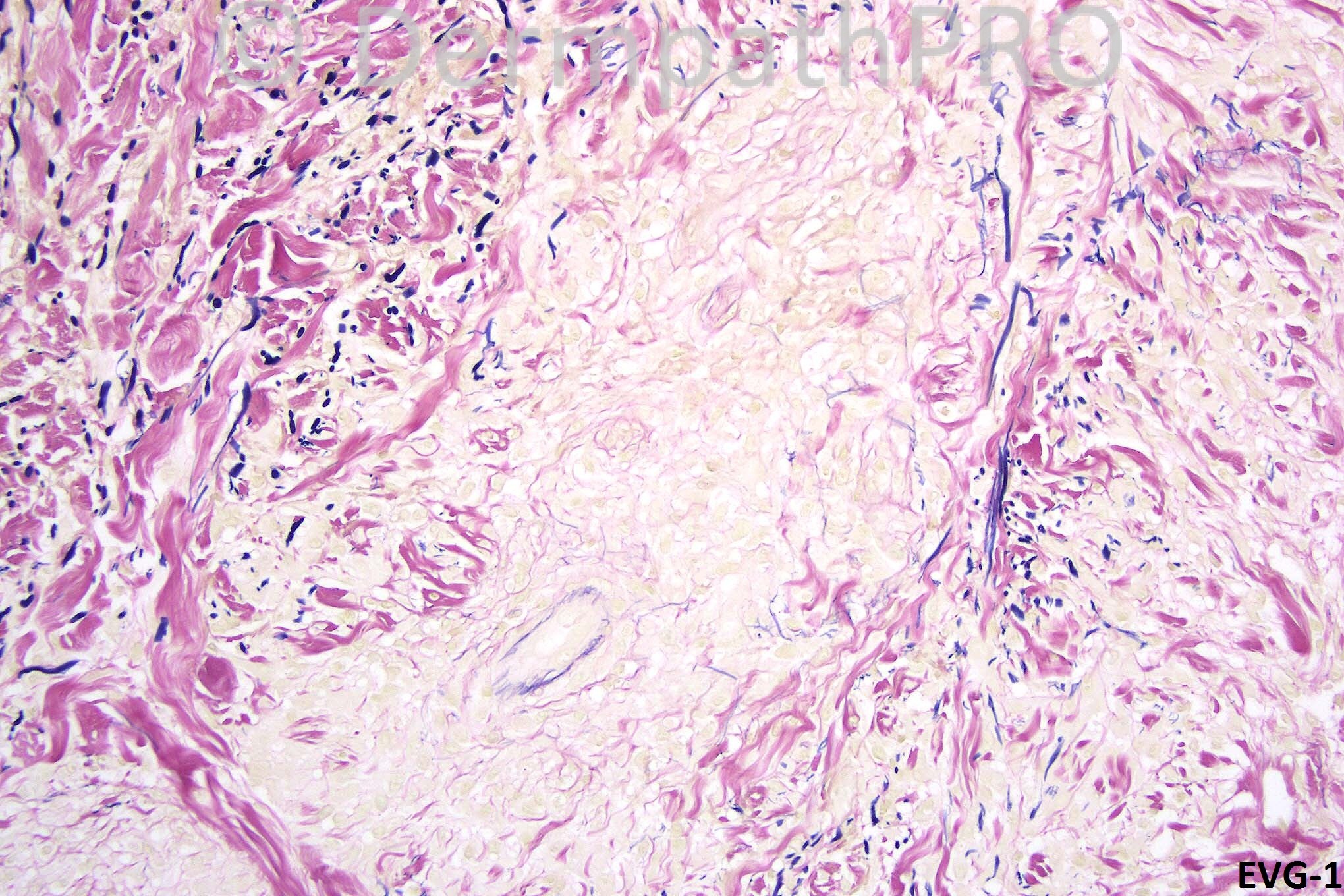Case Number : Case 648 - 3 Dec Posted By: Guest
Please read the clinical history and view the images by clicking on them before you proffer your diagnosis.
Submitted Date :
None. Case included for interest, courtesy of Dr. Thomas Brenn.





User Feedback